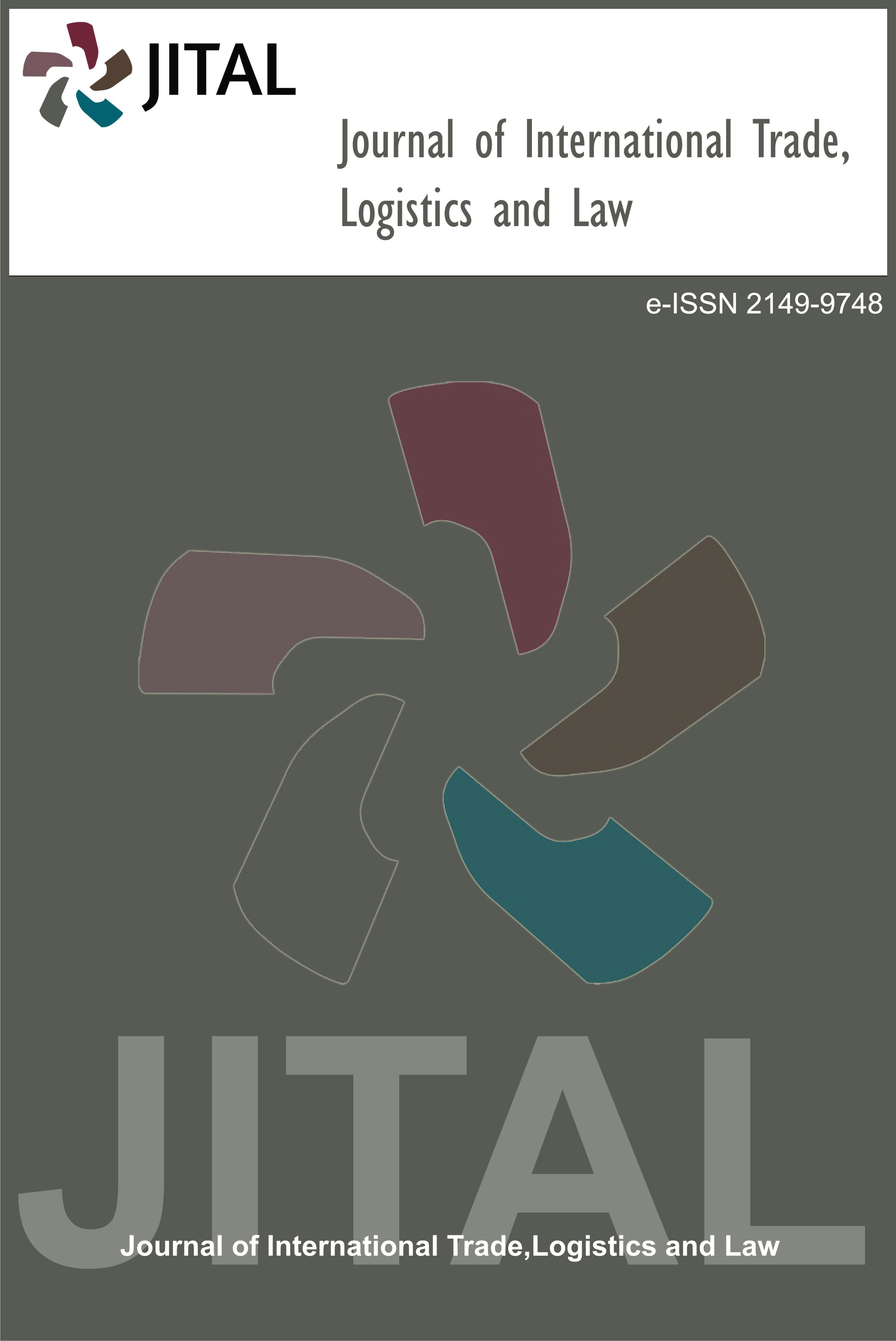Bank Credit to Agricultural Sector and its Productivity in Ethiopia
Abstract
This study, efforts were empirically to inspect the long-run association of total outstanding bank credit to the agriculture sector and its productivity in Ethiopia by employing a co-integrated VAR model technique, with annual data running from 1981–2015 agricultural productivity and total bank credit to the agricultural sector as variables of interest, and real government capital expenditure on agriculture, rural population, and seasonal break (dummy) as supplementary variables. A 1% permanent increase in agricultural bank credit was linked to a 0.13 percent increase in agricultural productivity. The speed of the adjustment coefficient was found to be negative and significant with 0.515 values, indicating that 51.5 percent of the deviation from long-run equilibrium caused by a disturbance and/or a shock in the system was eliminated within a year. Unlike to previous studies the financial development-economic growing nexus, there exist the absence of empirical research on causal association between agriculture productivity and bank credit to sector, at least as per the literature review for this study in Ethiopia. In summary, small-holder farmers in particular, and agro-industrial-based entrepreneurs in general, were excluded from bank credit in Ethiopia for a long time.
Keywords
Full Text:
PDFIndexing and Abstracting Services










Other Sources and Services


License

Journal of International Trade, Logistics and Law is licensed under a Attribution-NonCommercial 4.0 International (CC BY-NC 4.0).


